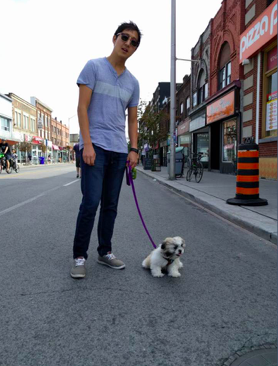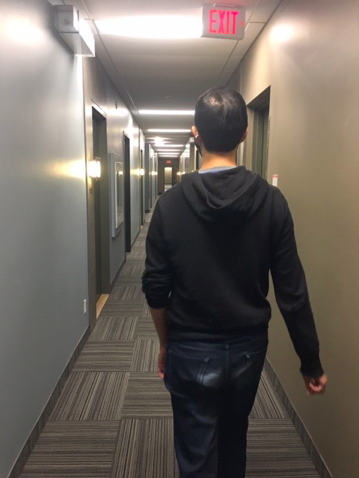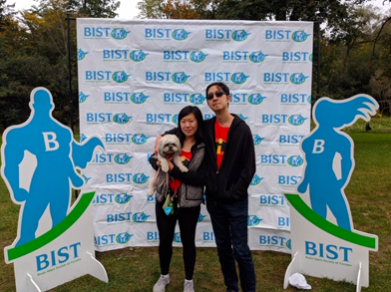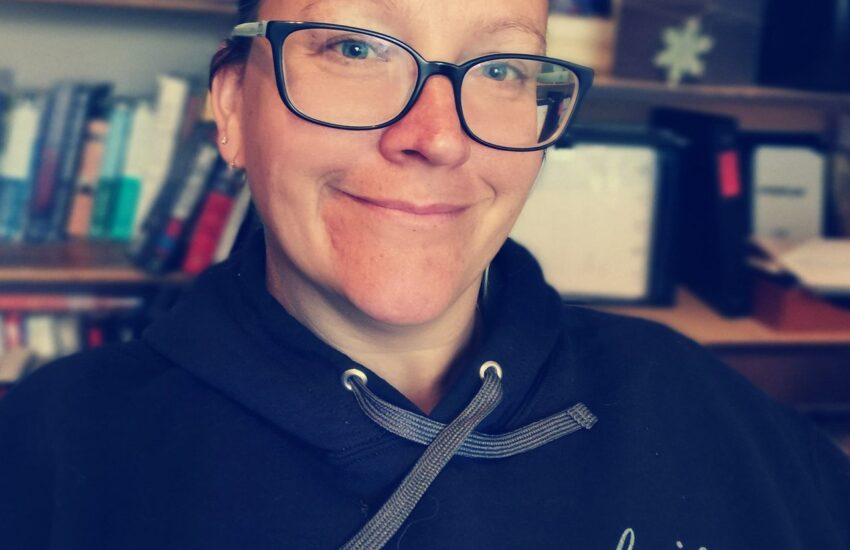How I Regained My Favourite Skill After My Stroke
No other animal has hind feet so elegantly differentiated from front feet (or hands, in our case), so clearly evolved to give us advantages on specific landscapes. As Leonardo Di Vinci said, the human foot is a work of art. The fact that our bodies are engineered for upright walking is important in understanding our evolution, but of equal, if less understood importance is the way our brains are programmed for it.
(Mary Soderstrom, The Walkable City, 2008, p.22)

Public health professionals and urban critics like Jane Jacobs have long advocated for urban environments that enable people to walk safely in their community given the numerous health benefits of walking including reduced risk of heart failure. In fact, the act of sitting is now referred to as “the new smoking.”
For me, walking is not only a means of preventing a heart attack or getting around, but it’s something I actually take pleasure in doing. I like the sensation I get through my body as my weight transfers from my heel to my toes, as I stride in motion. Throughout my life, the anticipation of walking to work or class helped get me out of bed in the morning. Nothing beats a stroll through a tree-lined street on a mild autumn day surrounded by leaves flying off the trees around me. I couldn’t imagine a life without these moments. I often joke that I have the mind of a dog that lives for two things: walks and treats!
Many stroke/ABI survivors temporarily—and sometimes permanently—lose the ability to walk. For me, the loss was temporary thanks to a combination of my stubbornness, intense physiotherapy, hard work, and the adaptability of my still-functioning body parts. Regardless, I remain scarred by a time in my life when my favourite skill was taken from me.

A brain bleed from getting hit by a softball from point blank range left the entire left side of my body useless. Contrary to common assumptions about head trauma, my memory and verbal comprehension remained intact. What bothered me was the loss of mobility and the fact that I was stuck to an ICU bed, unable to walk. At times, I felt claustrophobic and thought, “I need to get out of here ASAP.” It also happened that Donald Trump was emerging as a legitimate candidate for the U.S. presidency around this time—which also didn’t help my emotional state. It really felt as though the world was crashing around me.
While I was confined to hospital beds and a wheelchair as a patient at St. Michael’s Hospital, and later as an in-patient at the Toronto Rehab Institute, I remember nurses yelling at me and restraining me if I even attempted to get out of my bed.
Not a single doctor or therapist gave me any promises that I would ever regain the ability to walk independently again. My time as an in-patient at Toronto Rehab was filled with grief and fear for the future. One of my nurses did not help matters by telling me, “This injury will change your life.” “It doesn’t mean you can’t live a fulfilling life but you may need assistance to use the washroom.”

I was also told that walking is not a rehabilitation goal for everybody and that many people manage to live independently, work, and get around just fine using a wheelchair. While a perfectly fine outcome, that was somebody else’s narrative. I had my mind set on getting back to my daily walks full of memorable moments. As you may have guessed already, walking was one of my favourite things to do; it was always my primary mode of transportation.
I don’t know how many times I heard the cliché “lottery winner theory” about one’s emotional tendency to adjust to life’s ups and downs, but a life without walking was never going to be an easy adjustment for me. (P.S. I’ll let lottery winners speak for themselves.) It would be a life lacking one of my favourite activities. So, I made a pact with my support system of friends to walk out of the hospital upon my long-awaited discharge. I imagined the scene in Kickboxer II, where the recovering protagonist’s crutches are destroyed by his muay thai master. Once I had progressed enough to be somewhat stable on my feet, I established a routine of walking laps around my hospital floor daily—a routine which I would continue in the hallways of my apartment building once I returned home.
I started to wear my old Fitbit once again with a goal of reaching my pre-accident averages. That summer I would complete the CN Tower climb and participate in other charity fitness challenges, as well as travel to Berlin and Paris, where I would walk as much as 32,000 steps and 24 km in a single day—far exceeding my pre-accident average of 16,000 steps per day.

The Incredibles
at BIST 5K Walk, Run or Roll

Today I continue to make progress in both my recovery and defying the expectations of healthcare providers who erroneously assumed my life would be thrown off course. Rather than comply to these expectations, I have worked towards achieving my life milestones that I was on the path to completing prior to my accident. I returned to work, got married, and we have a baby on the way.





What a story. May I ask what residual effects are left from your stroke?
Hi Renzo,. In terms of residual effects, I still have a lot of work to do on my left arm and hand, which didn’t recover as fast as my leg because I don’t walk on my hands. haha. So walking was a big milestone but I still can’t do all the things I used to do and rehab is ongoing.